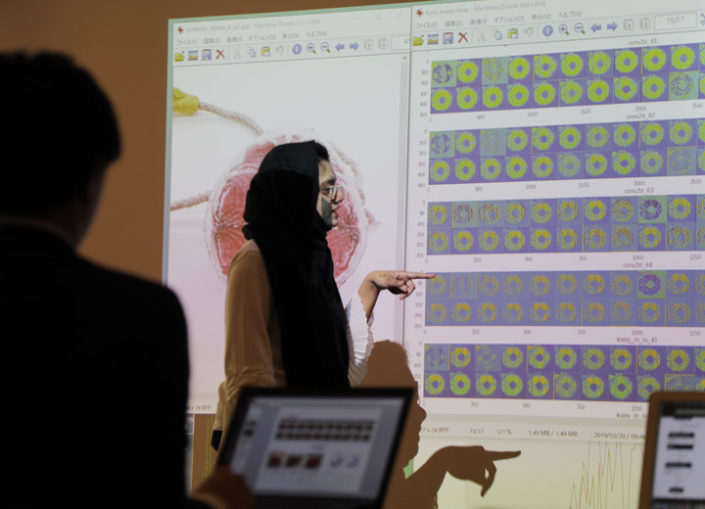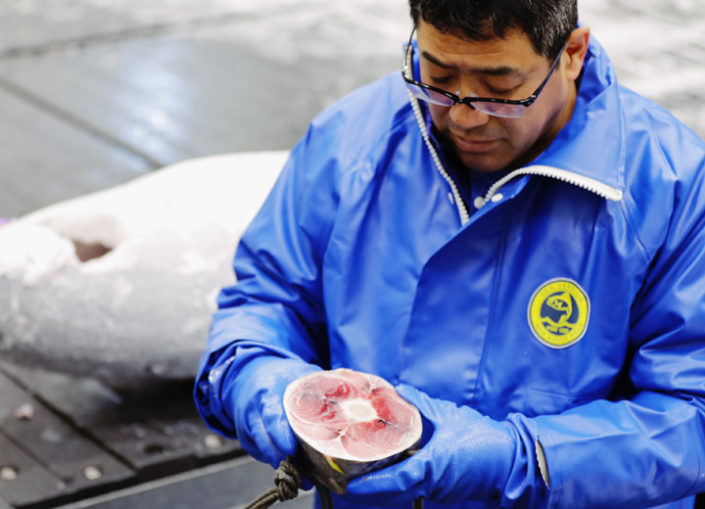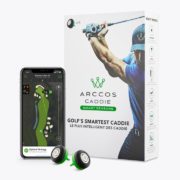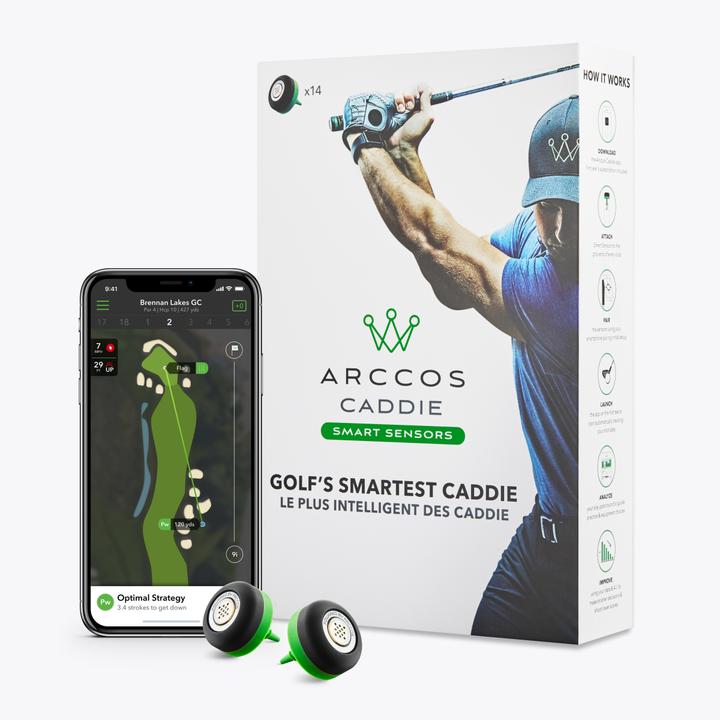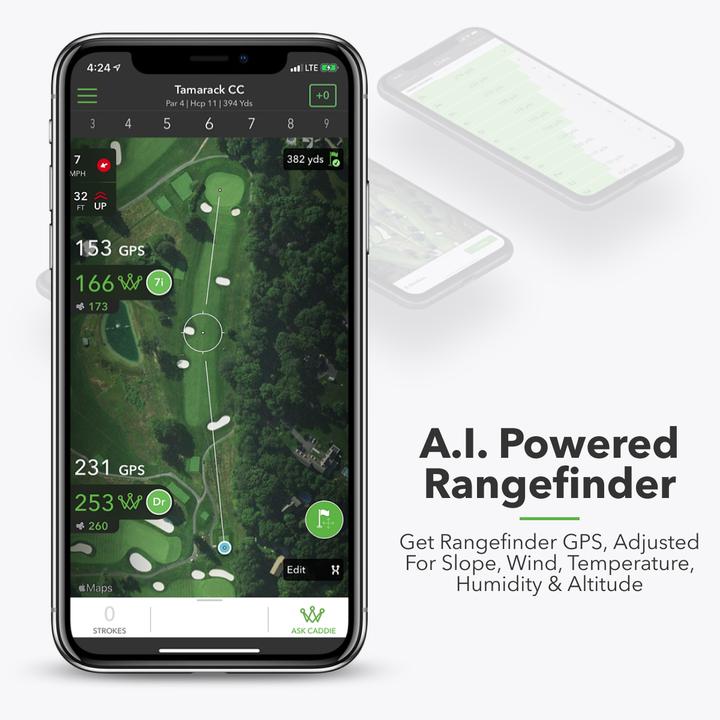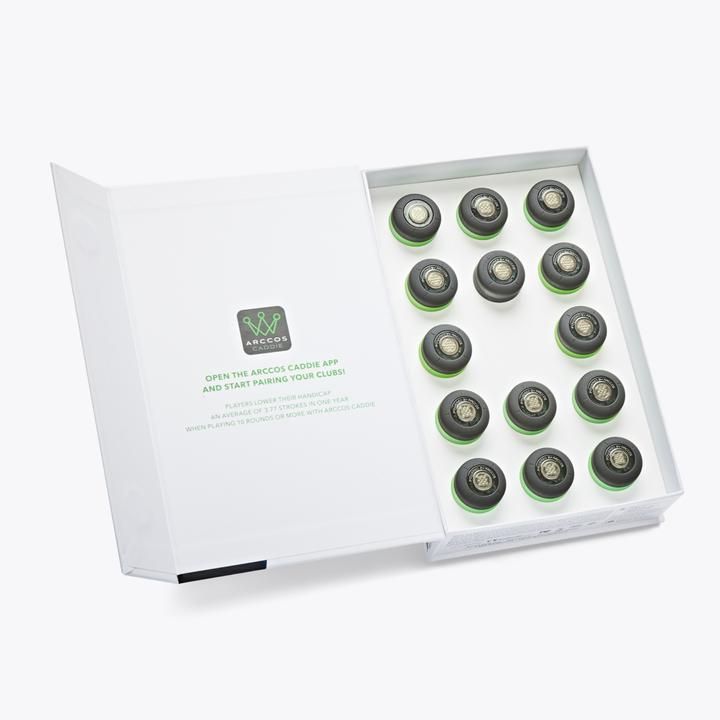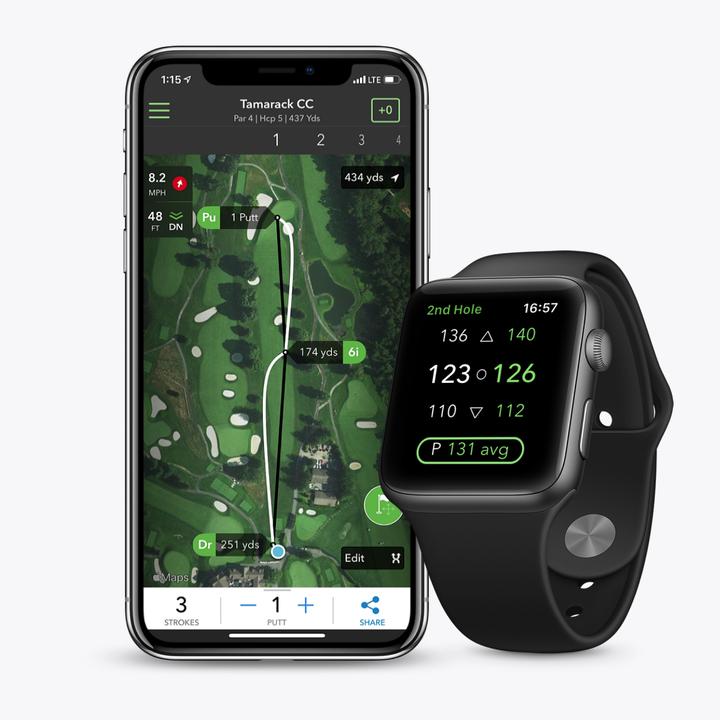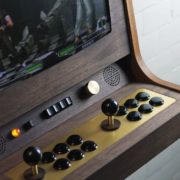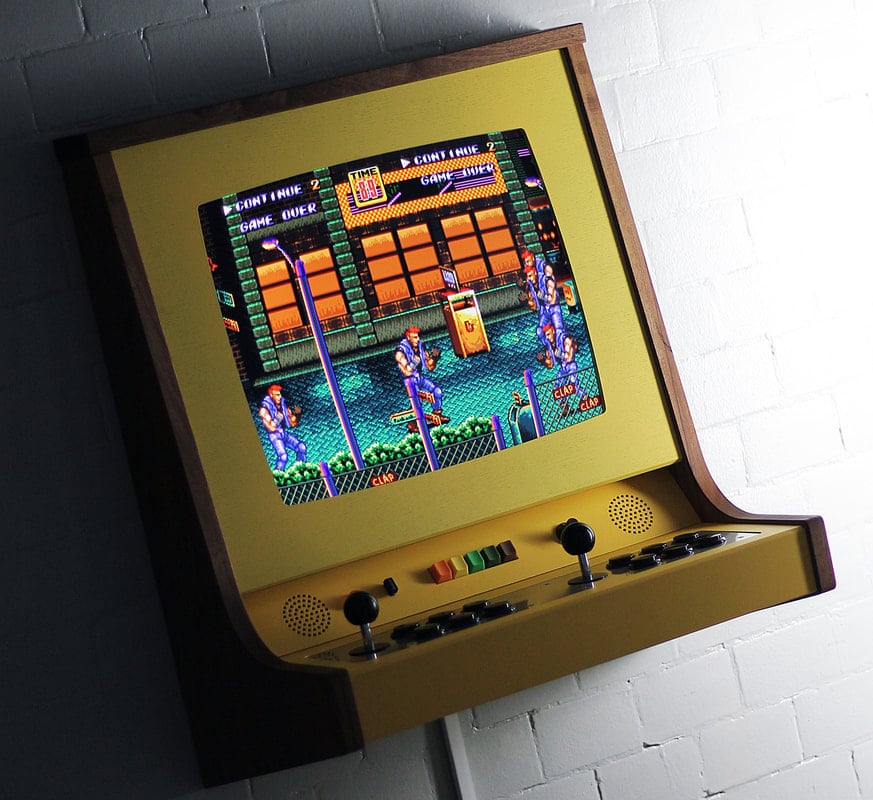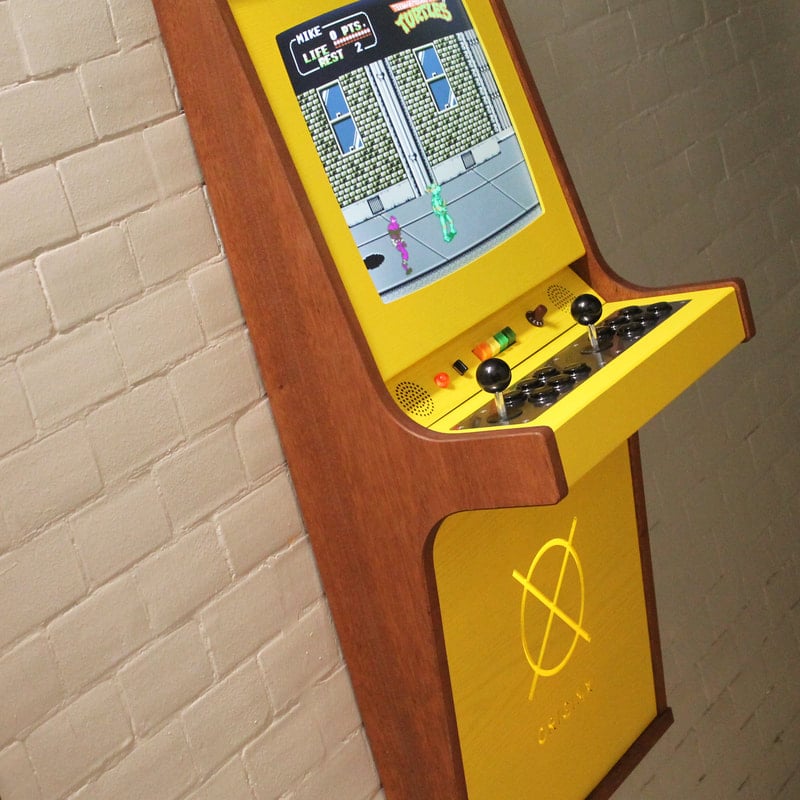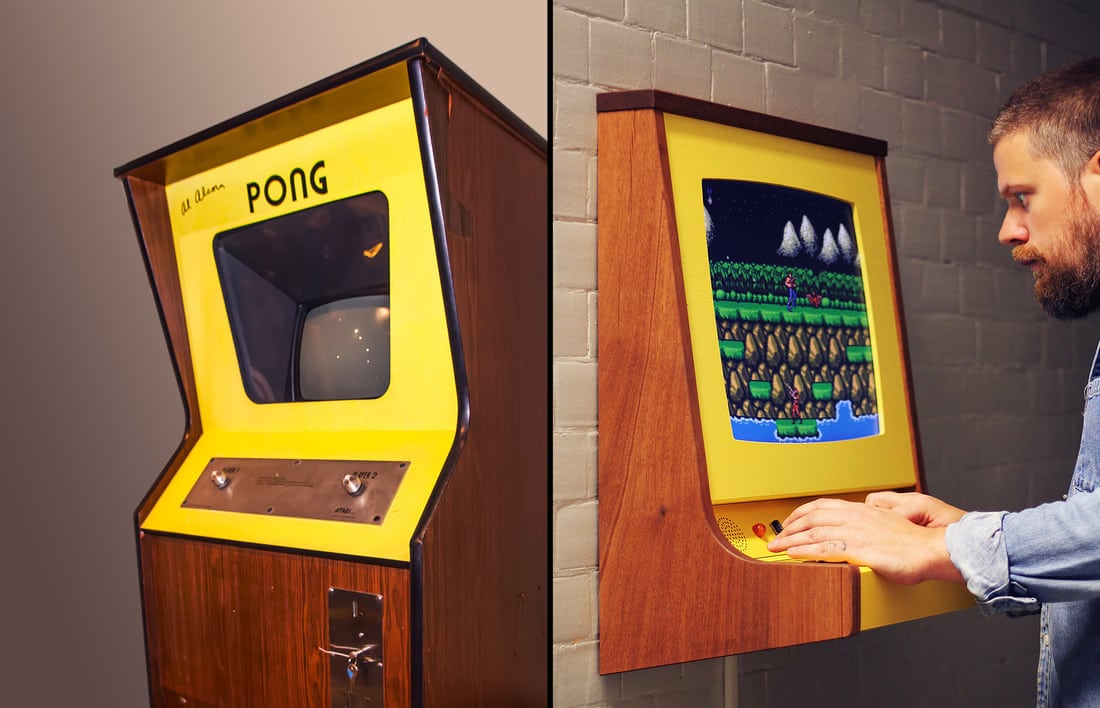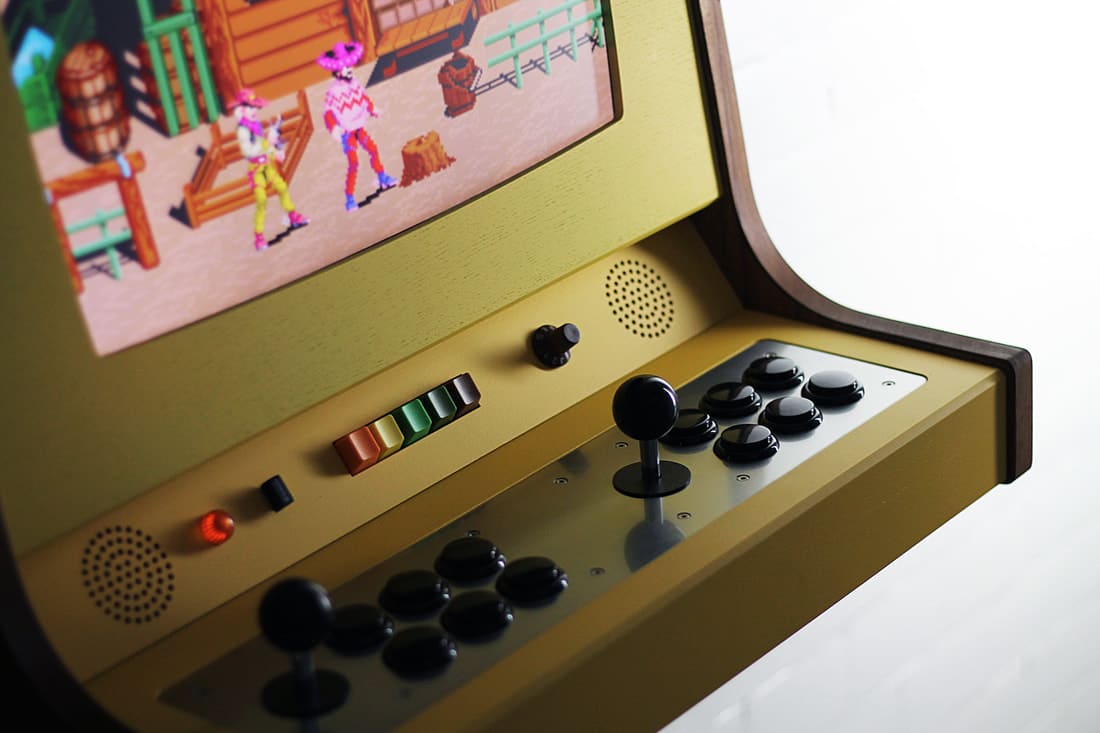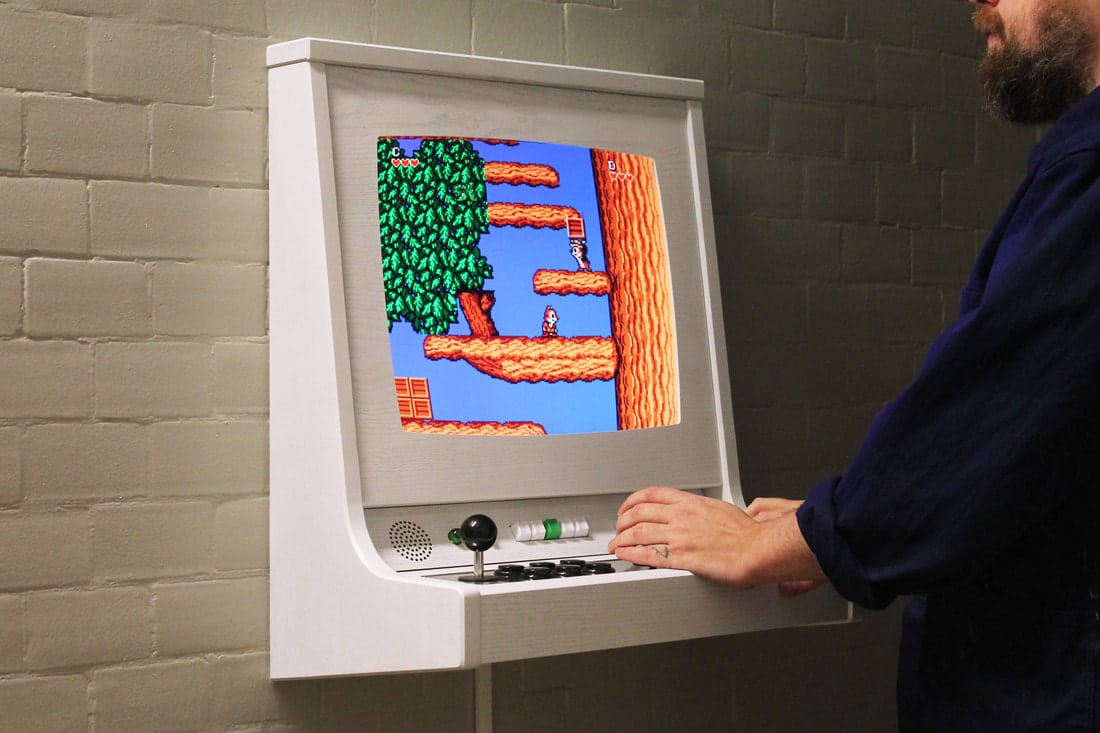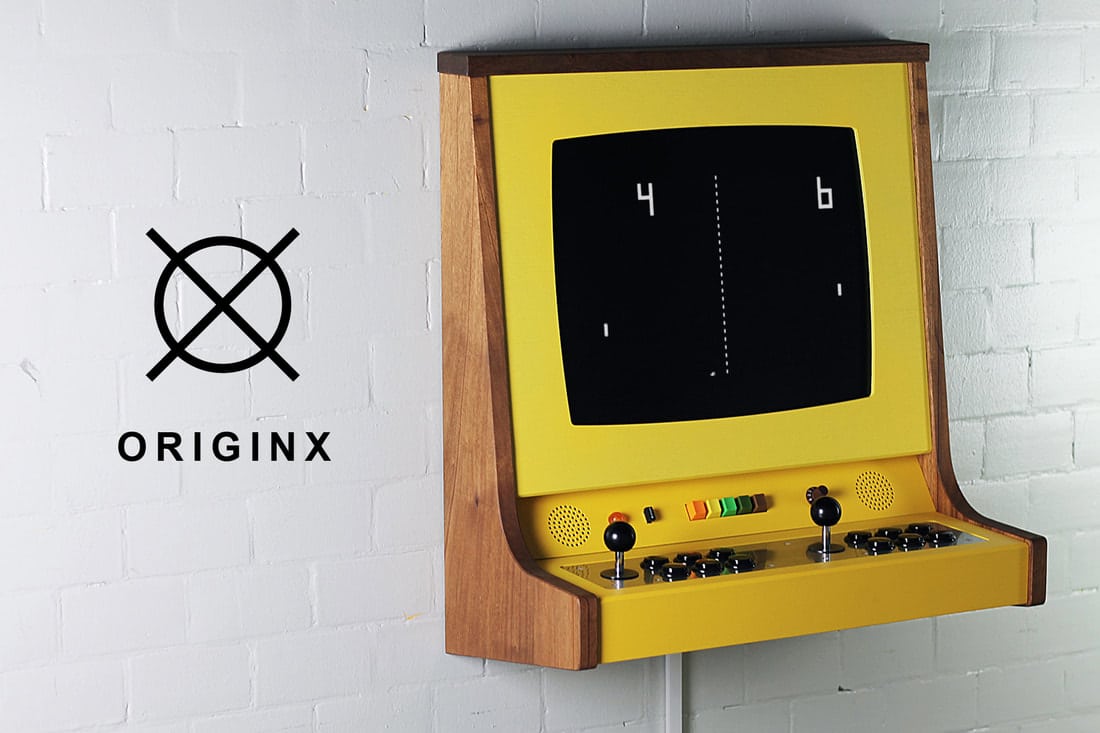After having been launched by CRA-Carlo Ratti Associati on April 16, 2018, within Milan’s Salone del Mobile, Scribit – the intelligent ‘writing robot’ that allows you to draw images and text on any wall surface, is now in production and ready to liven up the homes of its users with wall art.
In a world increasingly dominated by AI, Scribit write&erase robot empowers human creativity
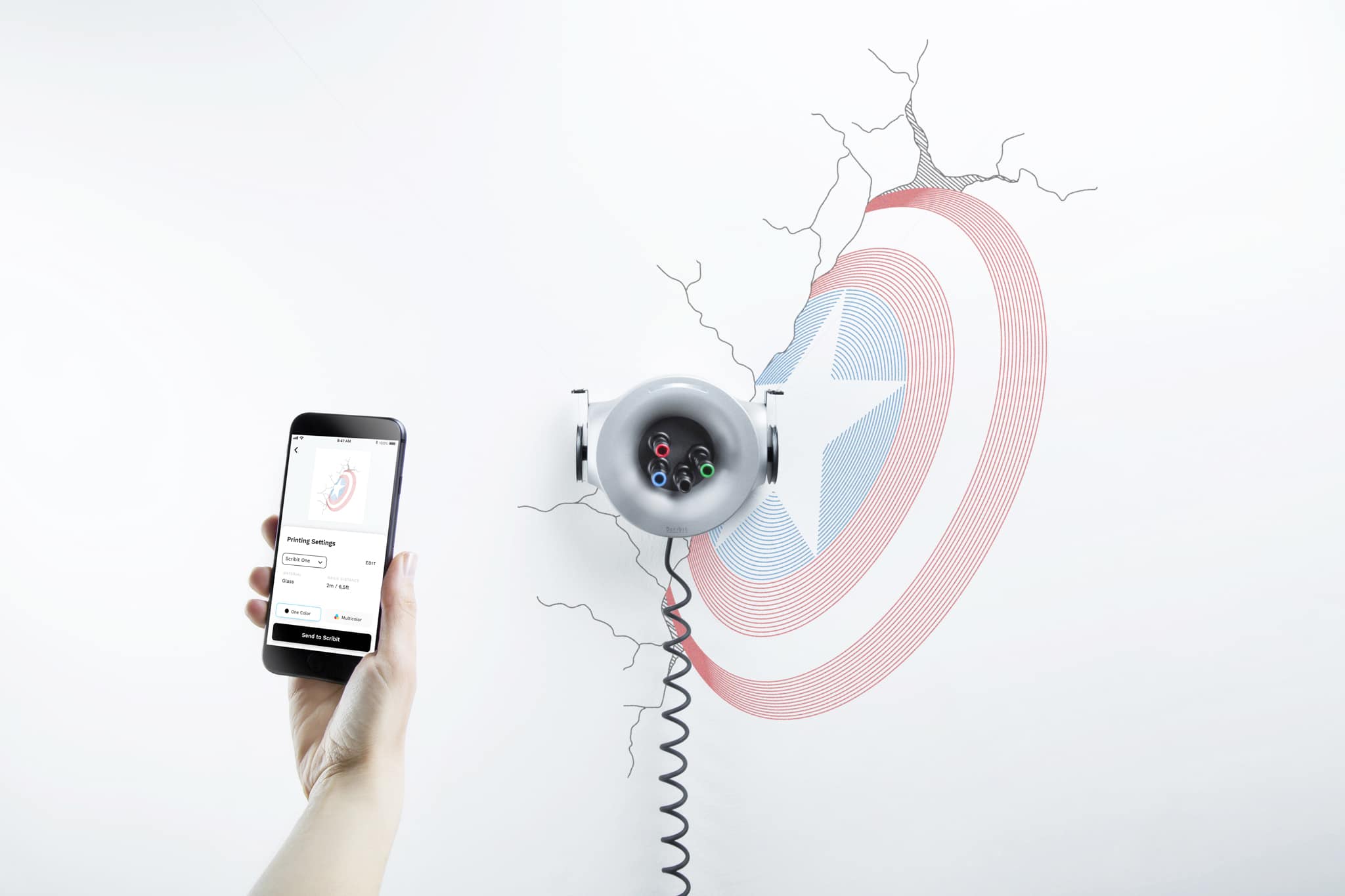
Images and video are available upon request. Please write to press@scribit.design
For more information visit www.scribit.design
INTRO
What if you could instantly turn your office or living room wall into a canvas for digital content, and update it in real time? Scribit, the intelligent writing robot that ushers in a new way of presenting digital content, makes it possible that you instantly reconfigure and personalize a wall – any vertical surface could be turned into a low refresh screen displaying information from the web, user-generated content and art.
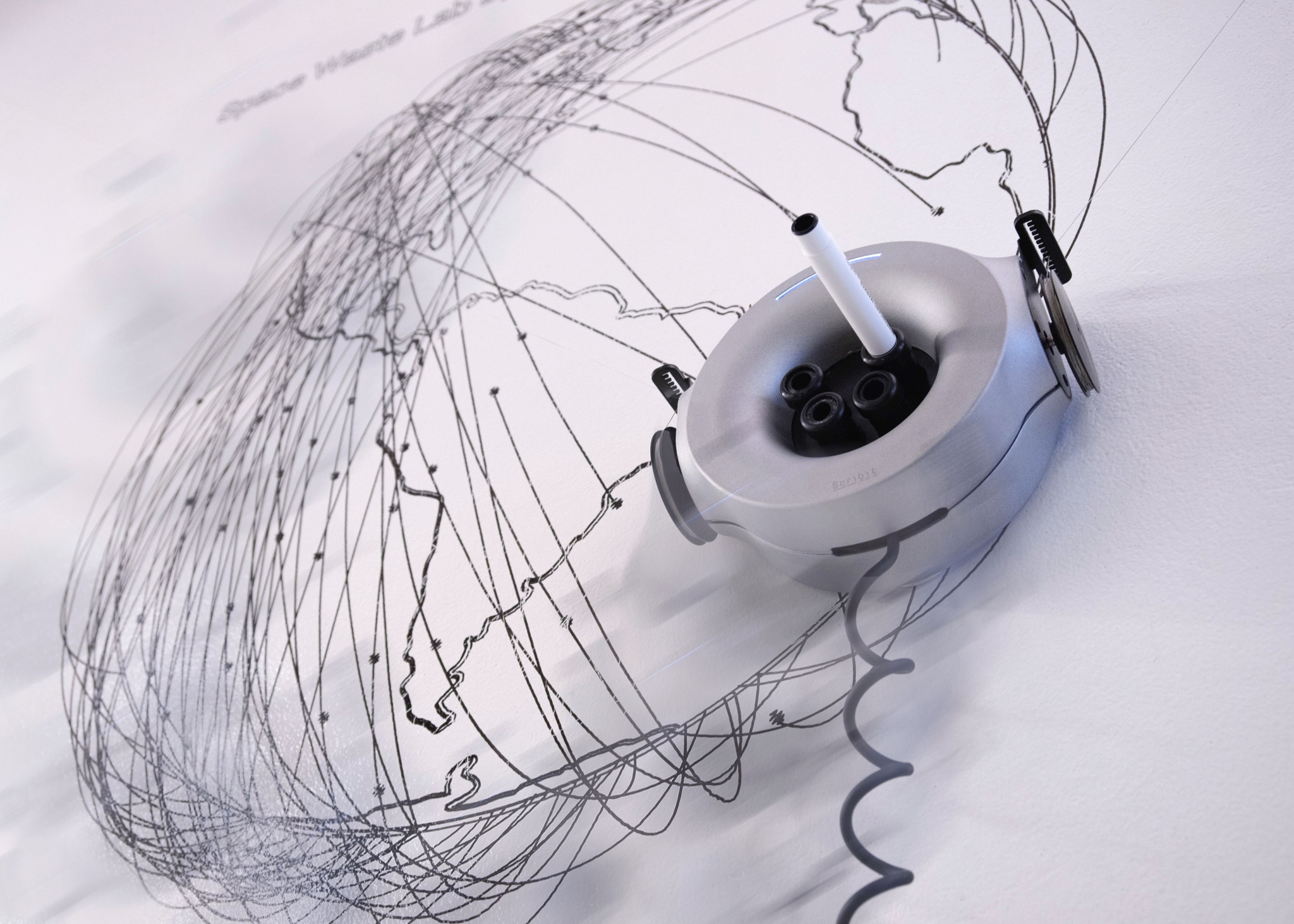
Created by Massachusetts Institute of Technology (MIT) professor Carlo Ratti, Scribit was unveiled in Milan, Italy on 16 April 2018, during Salone del Mobile – the world’s leading design event. A subsequent campaign on Kickstarter singled out Scribit as one of the best 150 crowdfunding campaigns ever, followed by an equally successful appearance on Indiego, with both campaigns totalizing over USD 2.4 million in crowdfunding. Scribit bears the Red Dot award stamp of quality, having won one of the prizes in the Product Design category.
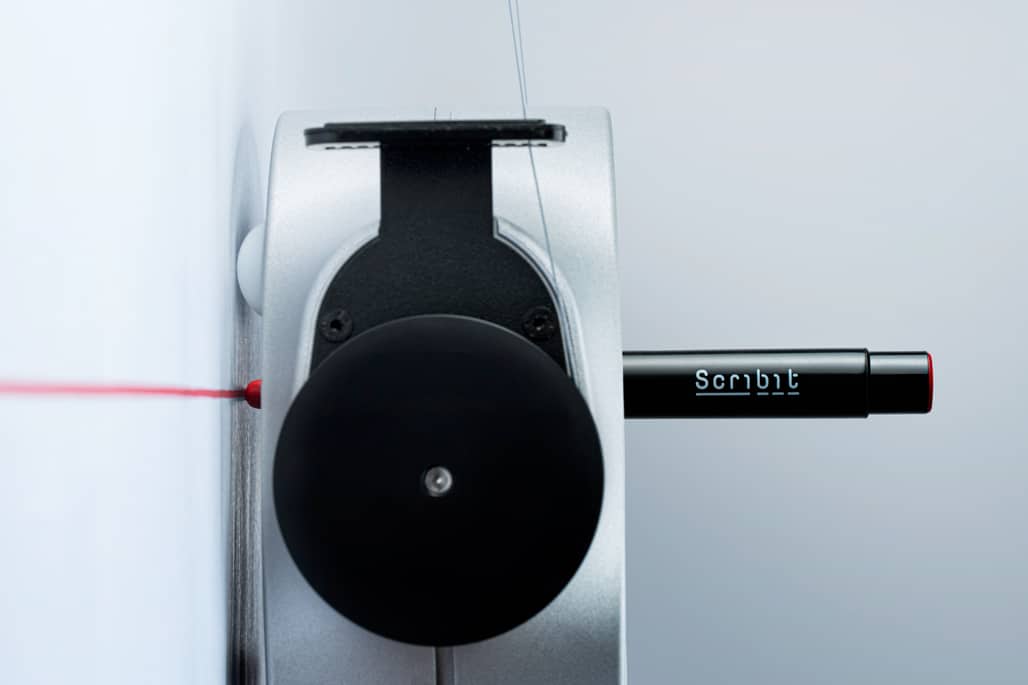
Currently, the drawing robot is in mass production, with the first 1000 units sent to the early backers of the project.
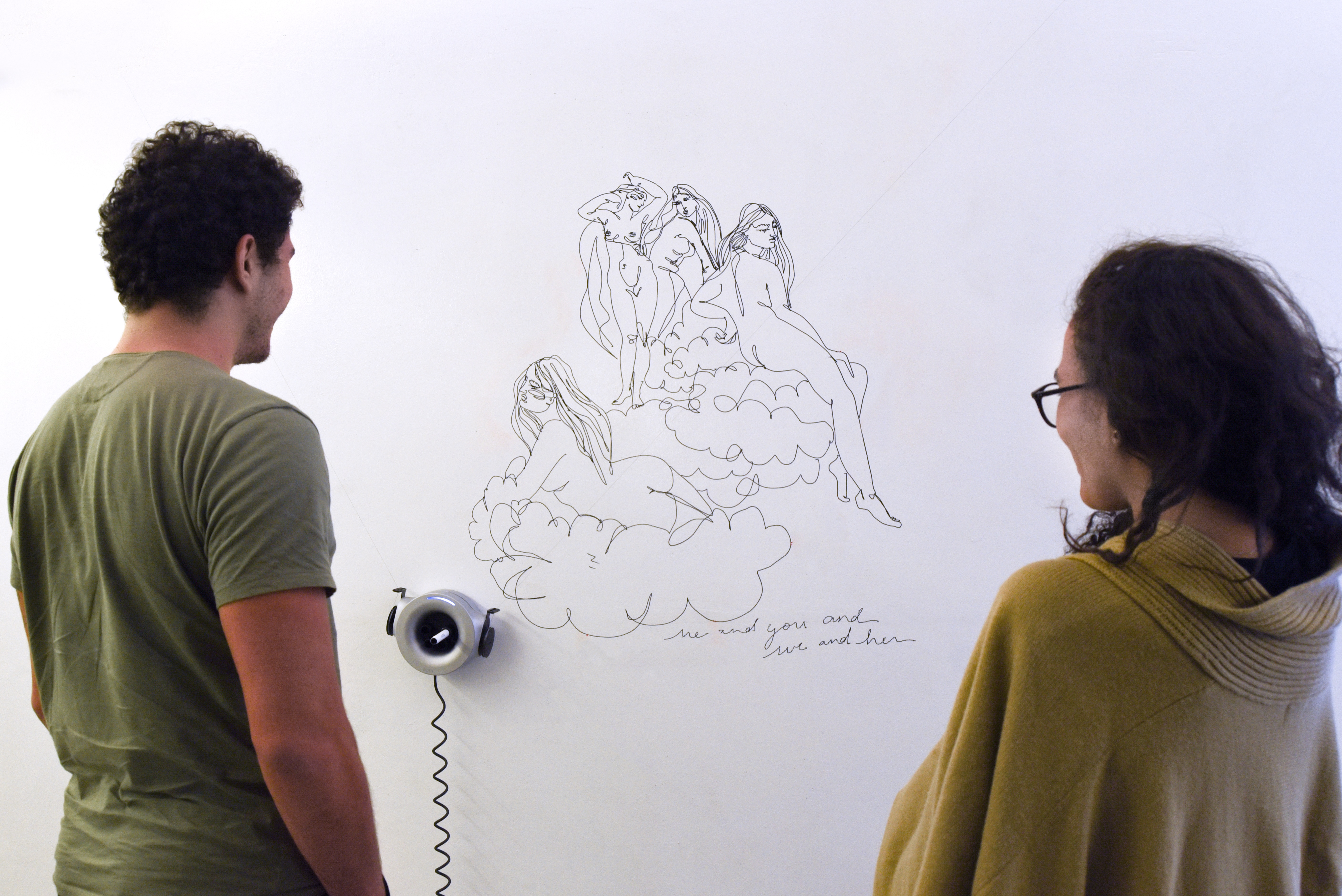
SCRIBIT: MISSION
The draw&erase robot by Scribit is conceived and designed as a creativity empowering tool. It challenges the paradigm of art as a steady product and transcends the space of the gallery, bringing visual art into your home, office, etc., right on your very wall. Scribit is intended to converse with the means of the art form, provoke creative meditation and spur one’s imaginativeness and creativity. The team at Scribit is dedicated to the concept of bringing art to people, in their everyday life.
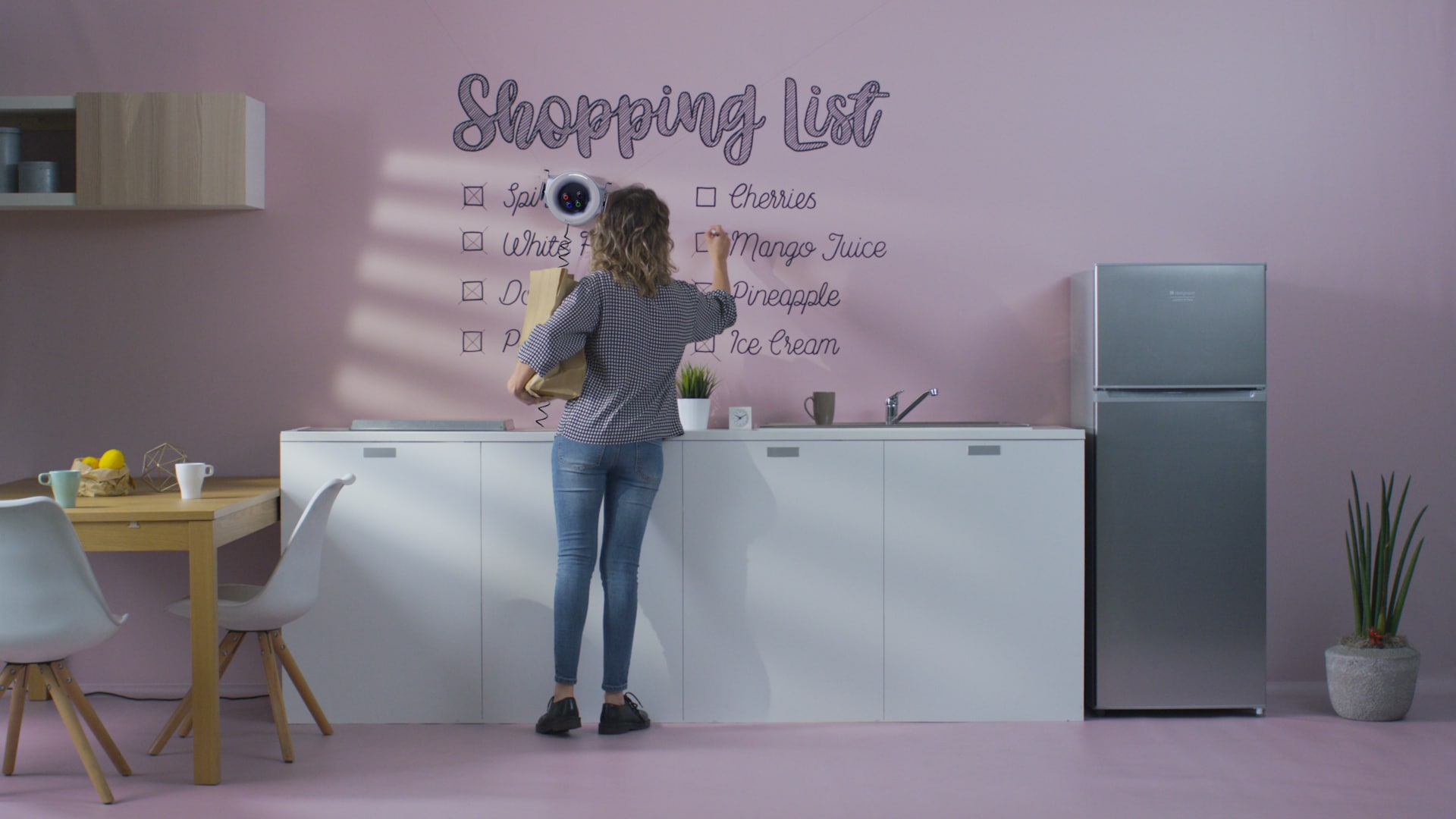
HOW SCRIBIT WORKS
With its in-built engines, Scribit can be installed in less than 5 minutes: all that is needed is Wi-Fi, two nails and a power plug. Furthermore, thanks to a special patented technology, Scribit can safely draw, cancel and re-draw new content an infinite number of times, allowing you to print a different image on your wall every day or even every few minutes. Scribit can travel on every kind of vertical surface, from whiteboards to glass or plaster. Thus, any vertical plane can be transformed into a screen – a wonder wall where images, messages, or feeds are projected.
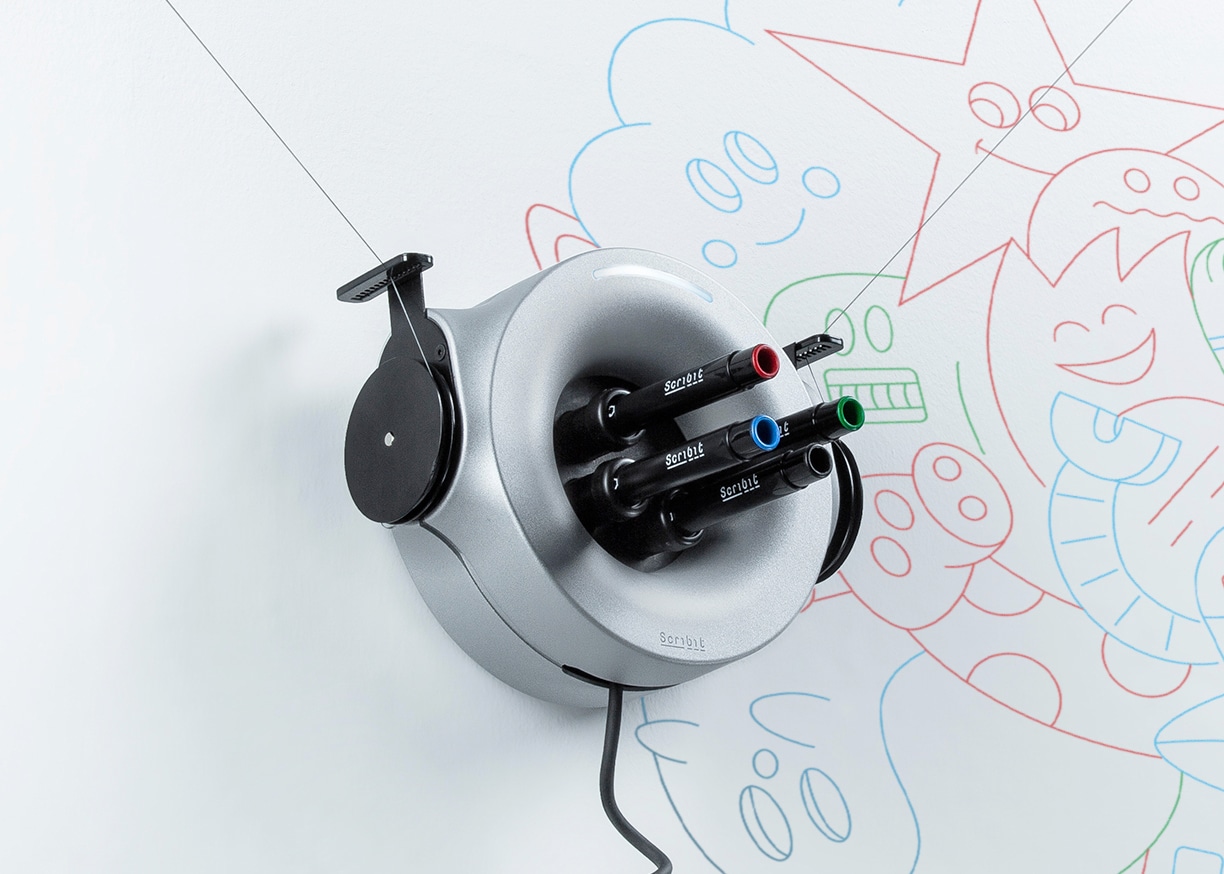
Scribit is always connected to the web, allowing you to download, upload or source any content from the Internet. A restaurant can post the day’s menu on its wall, a financial firm can post stock market updates in its lobby, or someone who loves art can project a Van Gogh’s — or their own drawings – onto their bedroom wall. The interactive software of the robot provides a direct access to Scribit’s creative ecosystem. Once the user sends their digital information to the device, or selects an image from the gallery, the plotter starts reproducing it.
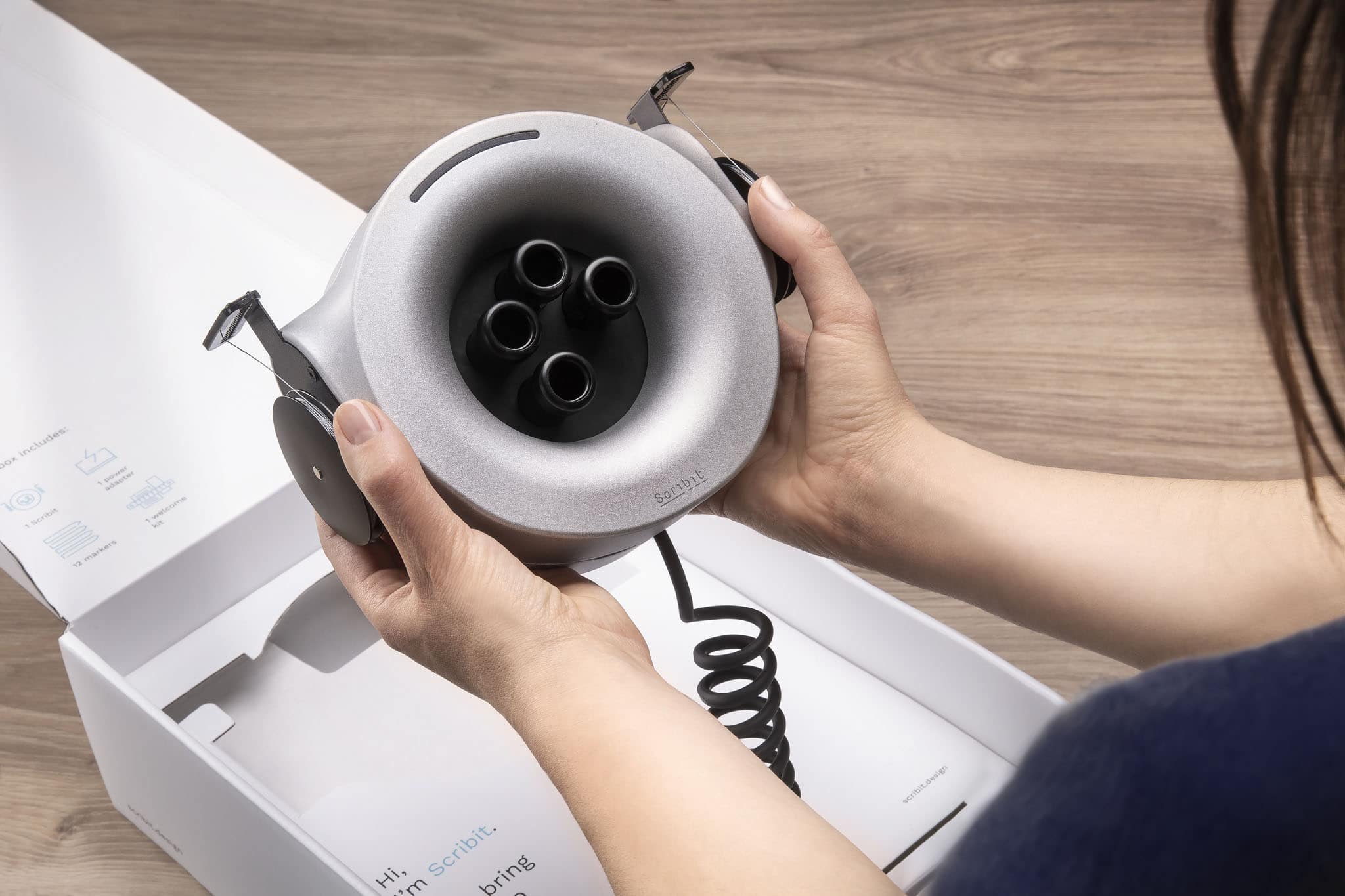
“We are totally deluged with information, and spend too much of our non-sleeping time in front of one form or another of digital screen – TV, desktop computer, laptop, tablet or phone. Do we really want to add more screens to our lives?” says Carlo Ratti, a founding partner of CRA and director of the MIT Senseable City Lab at the Massachusetts Institute of Technology (MIT): “Scribit offers up an alternative: a robotic system that draws on any kind of vertical surface, following a primordial act performed by humanity since our first cave graffiti.”
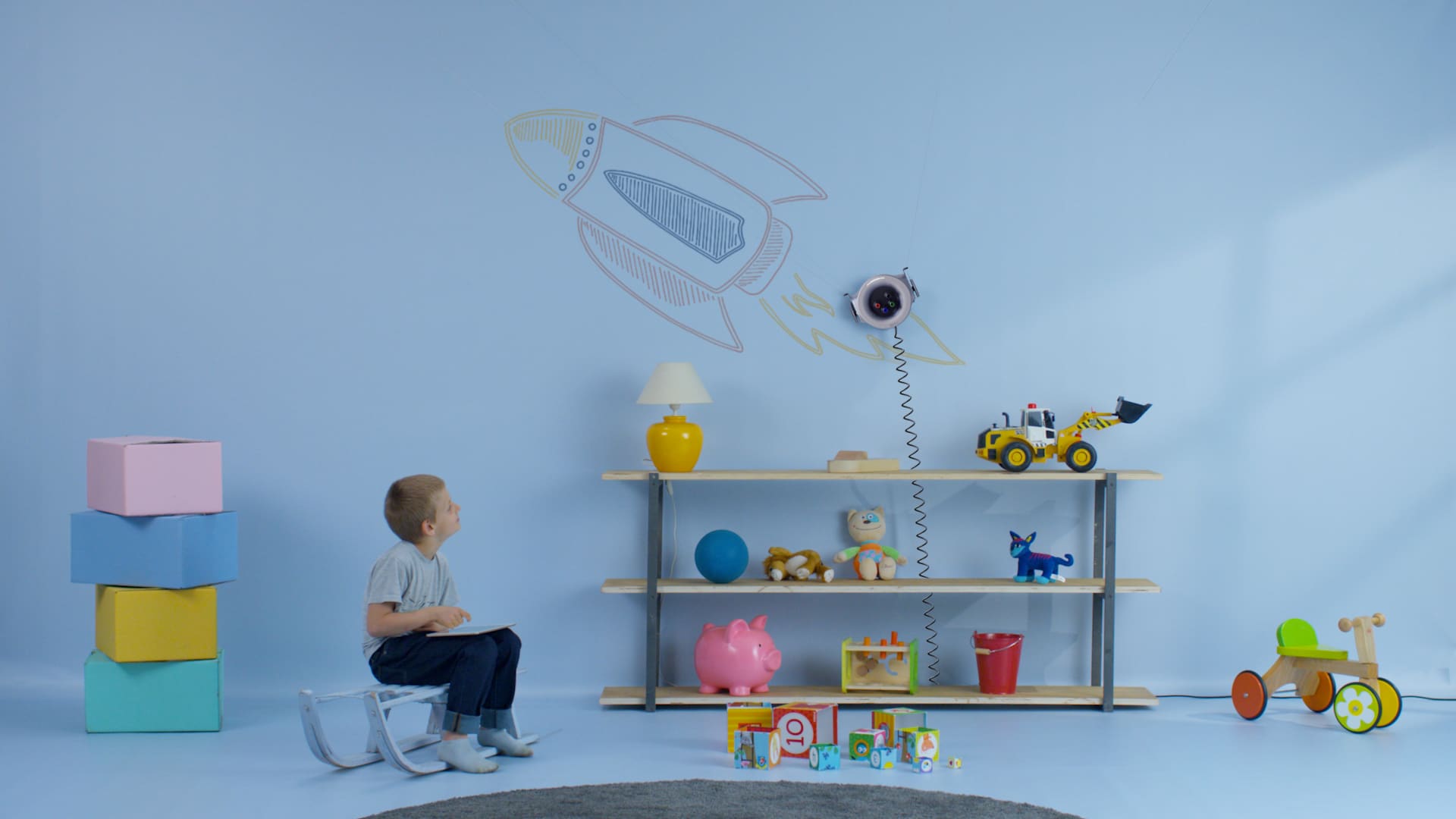
Scribit works on a two-axis plane, moving up and down two very discrete wires hanging off a vertical wall. It can place itself at any point with great precision and uses markers to reproduce content. Circular in shape, Scribit is 20cm x 9.5cm in dimension and covered in magnesium, with four markers of different colors at its very center.
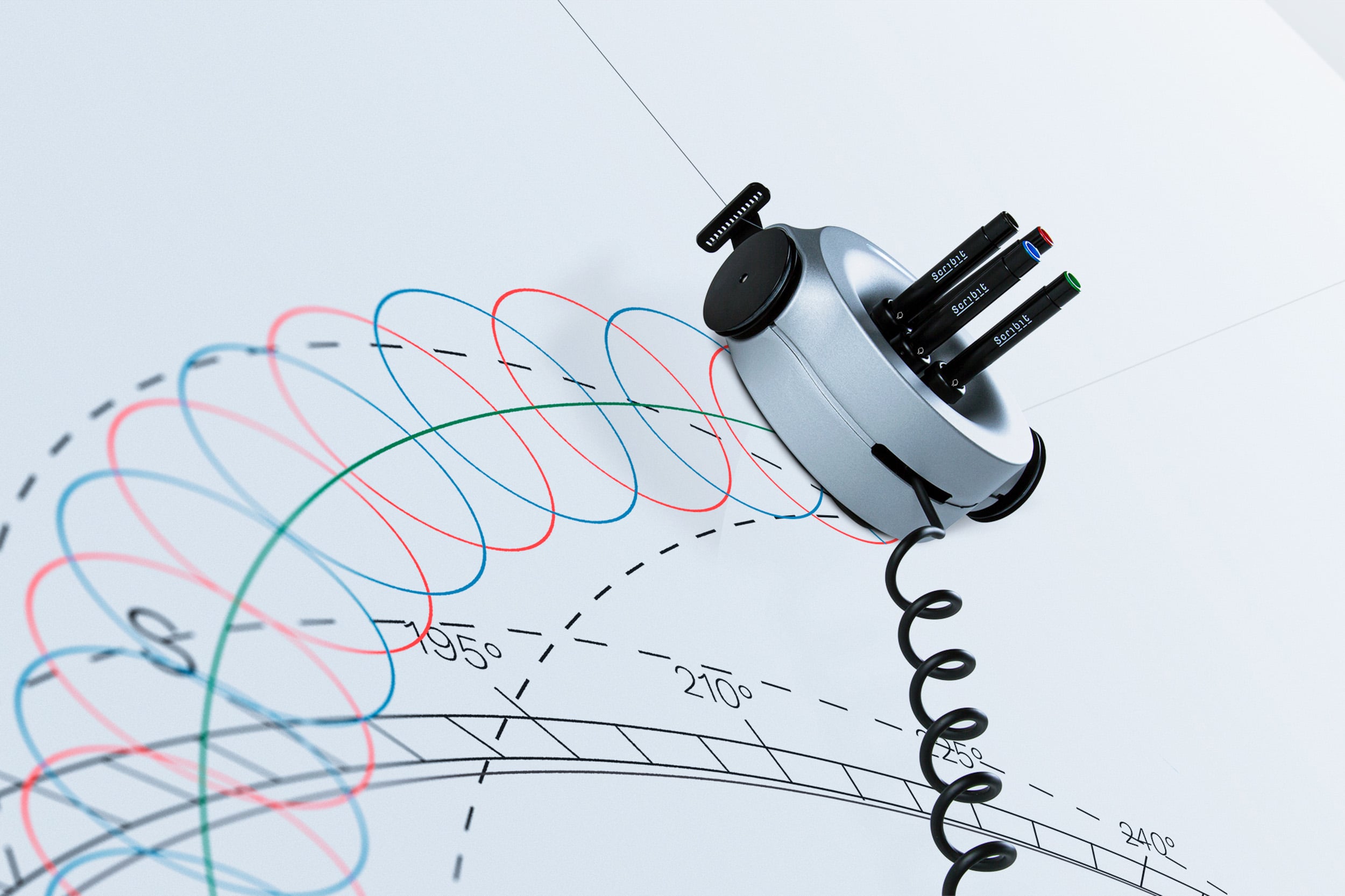
THE APP ECOSYSTEM
Scribit offers users access to a broad range of digital content structured around mini Apps. In this global marketplace — people, businesses or institutions, from artists to museums, to media organizations – can develop and upload any type of content and interact. Imagine if you could reconfigure your walls every day. You might draw on masterpieces from the best museums of New York, Paris or Tokyo, or discover the latest works by emerging artists. You can receive updates or news about your favorite topics, or other practical information such as weather forecasts or grocery lists, without having to look at your mobile phone. Alternatively, you could share more personal content, for instance by delivering a surprise message on your friend’s wall for his or her birthday.

Scribit, which means “s/he writes” in Latin, is a result from a long line of predecessor prototypes of writing machines, developed in CRA’s practice. This includes the installation OSARCH at the 2011 Istanbul Design Biennale, the façade of the Future Food District at Milan’s World Expo 2015 (selected by Guiness World Records as the largest image ever plotted) – and, more recently, UFO-Urban Flying Opera, a project in which a fleet of painting drones are being exploited to draw a collectively-sourced image. All these projects can be seen as interpretations of the idea of “tangible bits” developed by MIT Professor Hiroshi Ishii: they bring together the best of both the digital and the physical worlds.

For further information on Scribit refer to: www.scribit.design
NOTES TO EDITOR
ABOUT SCRIBIT
Designed by CRA-Carlo Ratti Associati, the award-winning design and innovation firm led by MIT professor Carlo Ratti, Scribit is a write&erase robot that can turn any vertical surface into a low-refresh screen on which to display information from the web, user-generated content and art. Functioning as a “printer for walls,” Scribit ushers in a new way of presenting digital content and allows the user to instantly reconfigure and personalize a vertical plane. After two very successful campaigns on Kickstarter and Indiegogo, the vertical plotter has raised more than USD 2.4 million in crowdfunding. The device is in mass production, with the first 1000 units already sent to the early backers.
www.scribit.design
ABOUT CRA-CARLO RATTI ASSOCIATI
CRA-Carlo Ratti Associati is an international design and innovation office, based in Turin, Italy, with branches in New York and London. Drawing on Carlo Ratti’s research at the Massachusetts Institute of Technology, the office is currently involved in many projects across the globe. Embracing every scale of intervention – from furniture to urban planning – the work of the practice focuses on innovation in the built environment. Among recent projects there are the master plan for Milan’s Science, Knowledge and Innovation Park (MIND-Milan Innovation District), a 280-meter tall green skyscraper in Singapore co-designed with BIG, the redesign of the Agnelli Foundation HQ in Turin, the requalification of the Patrick Henry military village for IBA Heidelberg in Germany, the Pankhasari retreat in India’s Darjeeling, and the concept for a human-powered ‘Navigating Gym’ in Paris. CRA is the only design firm whose works have been featured twice in TIME Magazine’s Best Inventions of the Year list – respectively with the Digital Water Pavilion in 2007, and the Copenhagen Wheel in 2014. In the last years, the office has also been involved in the launch of start-ups, including Makr Shakr, a company producing the world’s first robotic bar system, and Superpedestrian, the producer of the Copenhagen Wheel.
www.carloratti.com
CREDITS
Scribit is a project by CRA-Carlo Ratti Associati in collaboration with Makr Shakr
Scribit team: Emanuele Rossetti (CEO), Andrea Bulgarelli (CTO), Andrea Baldereschi (CMO), Ivan Lunardi (Senior developer), Danilo Ronchi (Developer), Matteo Palmieri (UX/UI DESIGNER), Marco Conte (Product designer), Svilena Sivova (PR & event manager), Federico Morando (Digital content specialist), Giorgia Ori (Partnership manager), Ausra Nemanyte (Customer relationship manager), Piergiuseppe Zolfo (Tech specialist).
www.scribit.design















